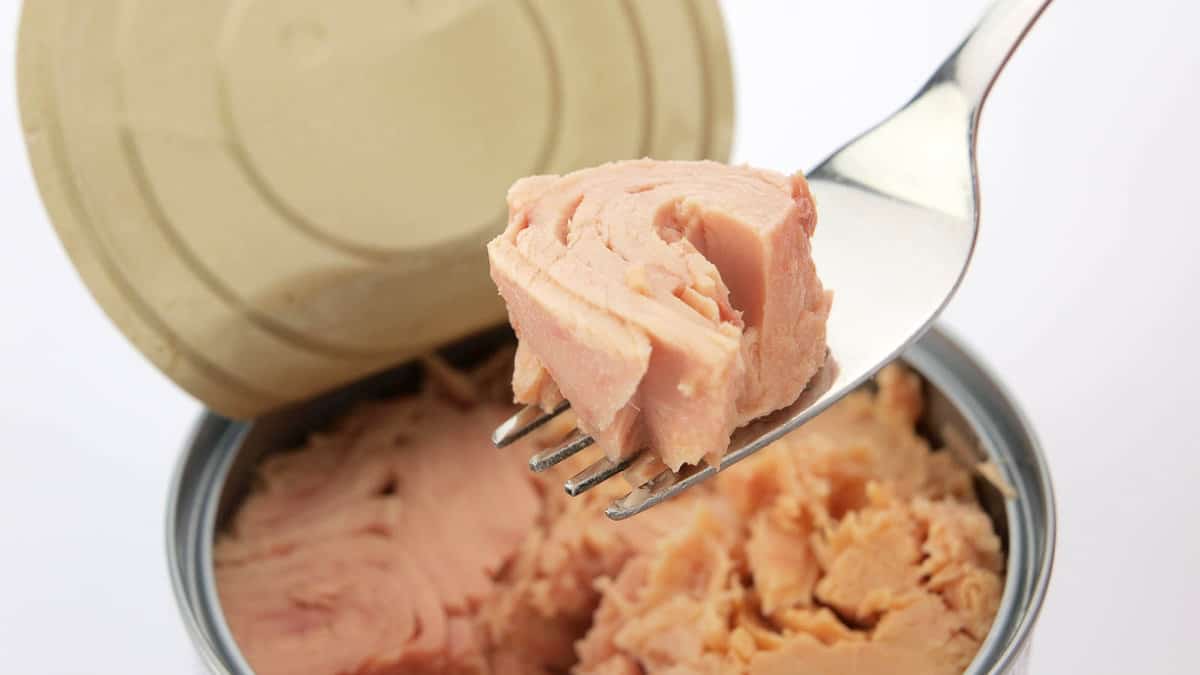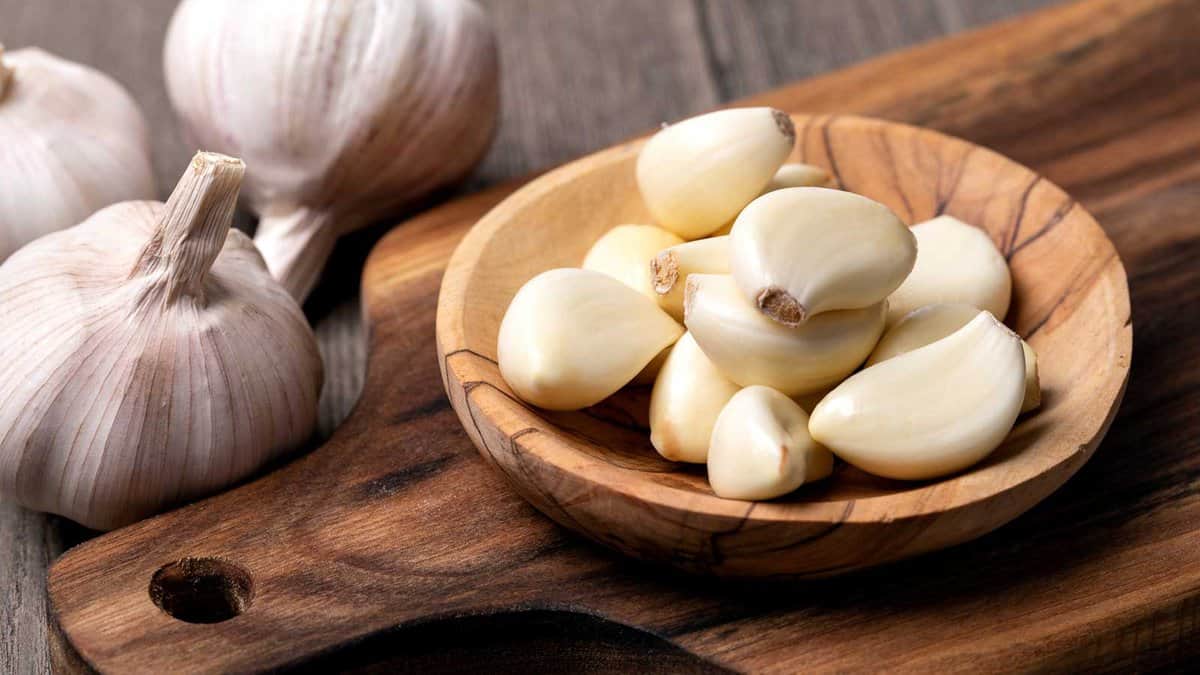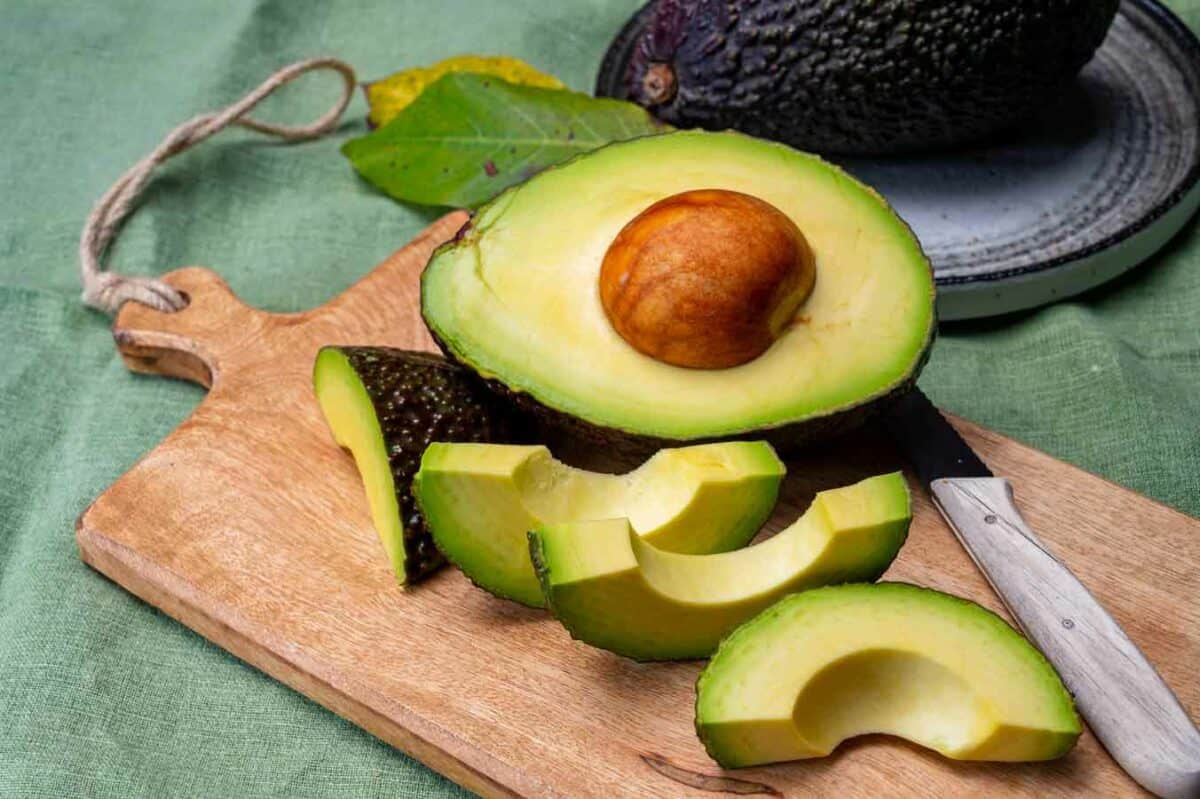So, you’re up in the air, cruising at 30,000 feet, and suddenly, you catch a whiff of something… off. Turns out, someone decided to bring a snack that really should’ve stayed on the ground. These 10 foods might seem like a good idea to pack for your flight, but unless you want death glances from your fellow passengers, are much better left for after the flight. Keep the airplane vibes chill by leaving these at home.

Leftovers from Last Night

While it might seem economical to bring leftovers, reheating them can unleash a variety of aromas, transforming your seat area into a makeshift cafeteria. This can be less than appealing to your seatmates, especially if the food’s smell is strong or unusual.
Hardboiled Eggs

Hardboiled eggs are notorious for their potent sulfur aroma, which isn’t exactly the kind of airborne scent passengers appreciate. And let’s not forget about the potential mess and awkwardness of trying to peel them in such a cramped space. They’re practical but far from discreet or pleasant in a shared environment.
Any Sort of Canned Protein

Opening a can of tuna or chicken at 30,000 feet is a quick way to turn heads—not in a good way. The strong smell is hard to contain and can be quite off-putting to others around you. Plus, handling these can often lead to accidental spills, adding to the discomfort of flying.
Jerky

Jerky, with its tough texture and strong flavor, is a snack that’s both noisy to eat and potent in smell. While it’s convenient and non-perishable, it’s also a bit too conspicuous for the close quarters of a plane, potentially disturbing your fellow travelers.
Fermented Food

Bringing fermented foods onto an airplane might seem like a way to keep your gut health in check while flying, but it’s a fast track to becoming the least popular person in the cabin. The strong, often pungent smells of foods like kimchi or sauerkraut can permeate the air in the confined space of a plane, overwhelming your fellow passengers’ senses. Plus, the change in air pressure can cause jars and containers to leak or even burst, leading to a messy situation.
Fast Food

Fast food carries a distinctive mix of greasy and fried scents that can quickly fill the cabin, sparking envy or discomfort among your fellow passengers. Besides leaving a lingering smell, it can also create a mess on your tray table and clothes, making it less than ideal for in-flight dining.
Tuna Sandwich

A tuna sandwich might be a simple and satisfying meal, but on a plane, its pungent smell can become overwhelming. Additionally, the risk of dropping pieces of tuna or having crumbs scatter in your lap is high in such a confined space, making it a less than convenient choice.
Anything with Onions or Garlic

Consuming foods laden with onions or garlic before or during a flight can leave a lasting impression, not just on your palate but also on your breath and even your clothing. This can be quite discomforting for those seated nearby, as the smell tends to linger in the enclosed cabin space.
Single Serve Yogurt

While yogurt is a healthy and convenient snack, opening a container at high altitude can lead to unexpected spills due to pressure changes. Additionally, the need to manage a spoon and container in tight spaces can be awkward, not to mention the possibility of sour smells if it’s not kept at the right temperature.
Cruciferous Vegetables

Although healthy, cruciferous vegetables like broccoli and cauliflower can cause discomfort not only due to their sometimes strong smell when raw or cooked but also because they can lead to digestive issues. In the confined space of an airplane, it’s best to avoid any foods that might make you or your fellow passengers feel bloated or uncomfortable.
9 American Breakfasts That Make The Rest Of The World Think We’re Nuts

Ever wonder why the rest of the world gives us side-eye over our breakfast choices? Yeah, it turns out our morning meals are pretty out there when you stop and think about it. From sweet and savory mashups to desserts masquerading as the most important meal of the day, our breakfast habits are anything but ordinary. Let’s take a closer look at why these American breakfast staples might seem bizarre to folks from other parts of the planet.
See them Here: 9 American Breakfasts That Make The Rest Of The World Think We’re Nuts
11 High-Fat Foods You Should Actually Be Eating

Rethinking dietary fats has shown their indispensable role in health, from supporting hormone function to aiding nutrient absorption. Foods rich in healthy fats, like avocados, dairy, and eggs, not only fuel the body but also enhance fullness and slow carbohydrate digestion. With a shift from fearing fats to understanding their benefits, it’s crucial to focus on unsaturated fats and keep saturated fats within recommended limits. This article will guide you through the nutritious high-fat foods essential for a balanced diet, underscoring the importance of selecting the right types and amounts for optimal health.
See them all here: 11 High-Fat Foods You Should Actually Be Eating
Stop Refrigerating These 15 Foods

Have you ever stored a tomato in the fridge, only to find it’s lost its juicy charm? You’re not alone. Many of us unknowingly shorten the lifespan and diminish the flavor of certain foods by refrigerating them. We’re shedding light on common kitchen staples that are better off outside the chilly confines of your fridge, explaining why room temperature can sometimes be the better choice for freshness and taste.
See them all here: Stop Refrigerating These 15 Foods
Select photos provided by Depositphotos.
Gina Matsoukas is an AP syndicated writer. She is the founder, photographer and recipe developer of Running to the Kitchen — a food website focused on providing healthy, wholesome recipes using fresh and seasonal ingredients. Her work has been featured in numerous media outlets both digital and print, including MSN, Huffington post, Buzzfeed, Women’s Health and Food Network.








